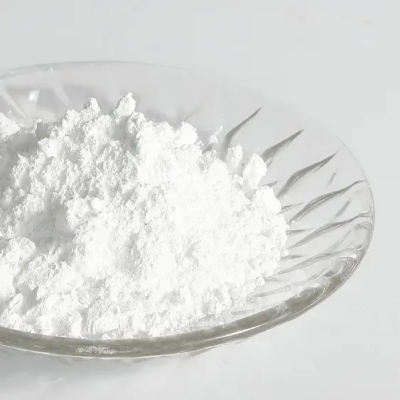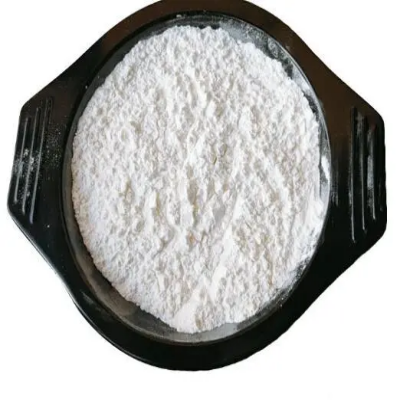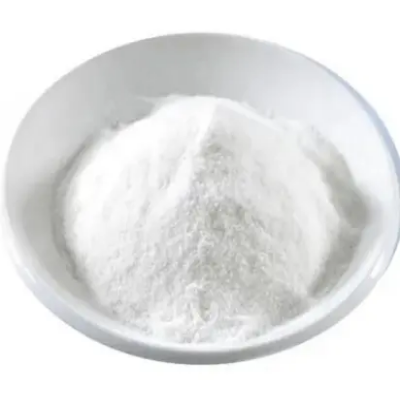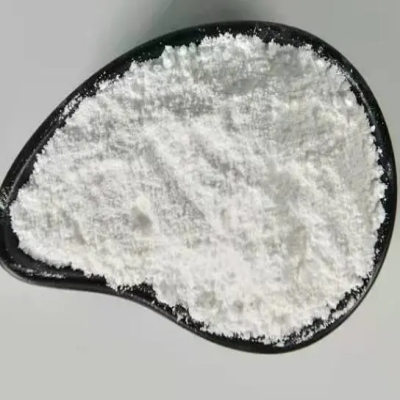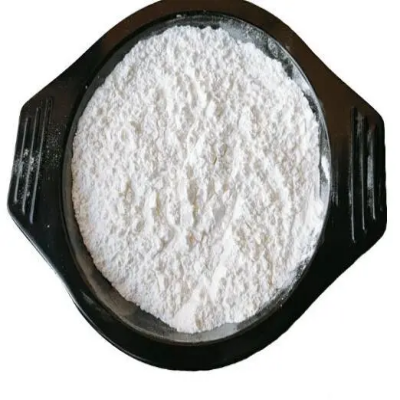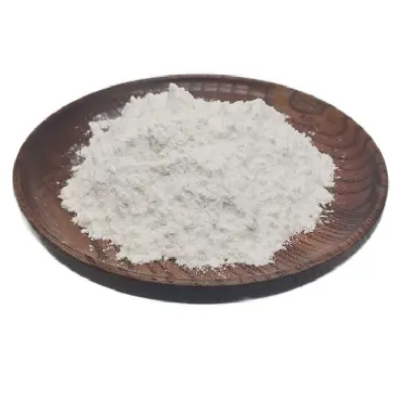HEXARHODIUM HEXADECACARBONYL CAS:28407-51-4
HEXARHODIUM HEXADECACARBONYL finds extensive applications in catalysis, particularly in various carbon monoxide-related reactions. One primary use is as a catalyst in carbonylation reactions, where it facilitates the addition of carbon monoxide to organic substrates, leading to the formation of carbonyl compounds such as aldehydes, ketones, and carboxylic acids. These transformations are crucial in industrial processes for the synthesis of fine chemicals, pharmaceuticals, and agrochemicals. Moreover, the complex serves as a catalyst in hydroformylation reactions, enabling the conversion of olefins into aldehydes through the addition of both carbon monoxide and hydrogen. Hydroformylation is a key process in the production of plasticizers, detergents, and synthetic alcohols, highlighting the significance of HEXARHODIUM HEXADECACARBONYL in industrial catalysis. Additionally, HEXARHODIUM HEXADECACARBONYL is employed in the synthesis of metal nanoparticles through the decomposition of its carbonyl ligands under controlled conditions. These rhodium nanoparticles exhibit unique properties and find applications in catalysis, sensing, and biomedical fields. Furthermore, the complex is utilized in the activation of carbon monoxide for various catalytic transformations, including the synthesis of organic carbonates and cyclic carbonates. These reactions are important in green chemistry initiatives aiming for the utilization of carbon dioxide as a feedstock for chemical synthesis, contributing to the reduction of greenhouse gas emissions. Moreover, HEXARHODIUM HEXADECACARBONYL serves as a catalyst in the formation of metal-organic frameworks (MOFs), where its coordination sphere dictates the structure and properties of the resulting MOF materials. These MOFs have applications in gas storage, separation, and catalysis, owing to their porous nature and tunable properties. In summary, HEXARHODIUM HEXADECACARBONYL exhibits versatile applications in catalysis, including carbonylation, hydroformylation, nanoparticle synthesis, carbon monoxide activation, and MOF formation. Its unique coordination environment and reactivity with carbon monoxide make it a valuable catalyst in various industrial processes and synthetic methodologies.



| Composition | Rh₆(CO)₁₆ |
| Assay | 99% |
| Appearance | white powder |
| CAS No. | 28407-51-4 |
| Packing | Small and bulk |
| Shelf Life | 2 years |
| Storage | Store in cool and dry area |
| Certification | ISO. |


